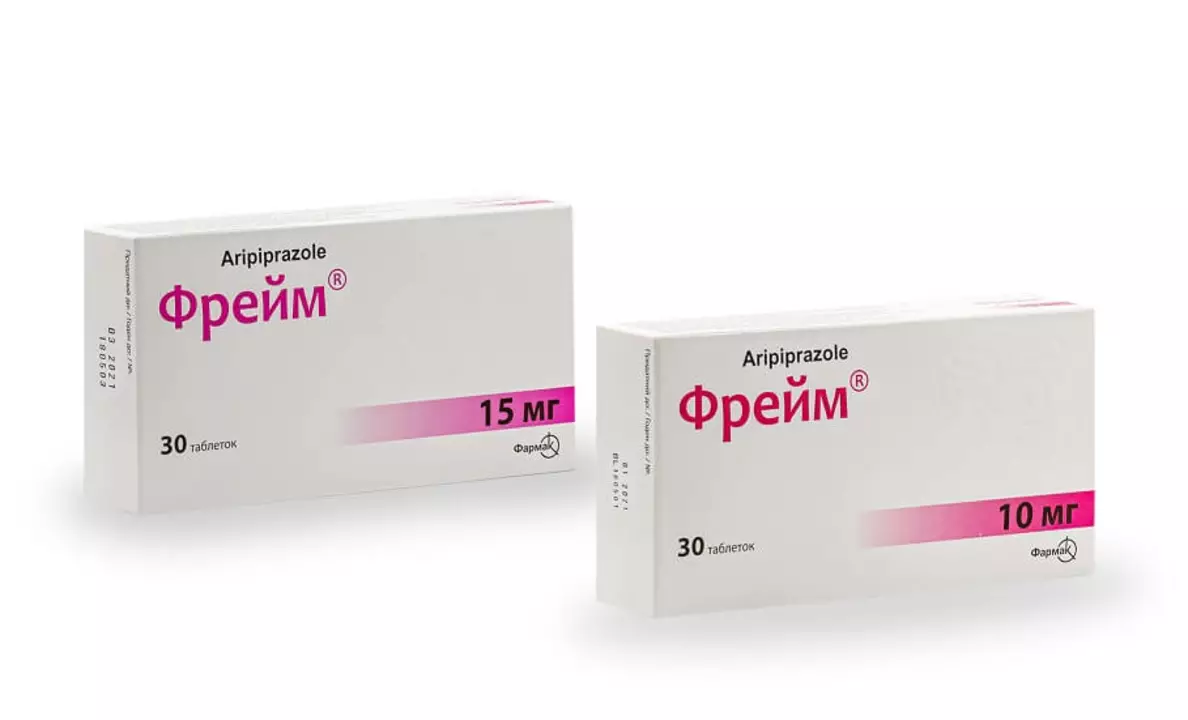Effective Treatment: How to Find What Actually Works
Want a treatment that helps you feel better fast without guessing? Finding an effective treatment starts with clear goals, the right questions, and realistic expectations. This page gives simple, practical steps you can use today.
How to choose an effective treatment
First, define what “works” means for you. Is it pain relief, fewer flare-ups, better sleep, or returning to normal activities? That goal changes which treatments make sense.
Second, get the right diagnosis. Symptoms can look alike. A cough, for example, could be viral, bacterial, asthma, or reflux. Treatments differ a lot. If your symptoms are new, severe, or getting worse, talk to a clinician before starting medication.
Third, compare options. For many conditions there are several effective choices — older drugs, newer drugs, and non-drug therapies. Look at expected benefits, how quickly the treatment works, side effects, and any monitoring needed. If a medication promises quick fixes but carries serious risks, weigh that against slower but safer options.
Fourth, use trusted sources. Read patient-focused guides, official treatment guidelines, or pharmacist summaries. If you find a blog or forum, check facts against a medical site or ask a pharmacist.
Staying safe while you get better
Start low and monitor. For many medications, starting at a lower dose and increasing slowly reduces side effects while you see if it helps. Keep a simple symptom diary — note dose, time, and any changes. That makes it easy to discuss progress with your provider.
Watch for side effects that need urgent care: severe rash, trouble breathing, fainting, sudden vision or speech problems, or chest pain. For less urgent issues like nausea, mild dizziness, or sleep changes, call your prescriber or pharmacist for tips on managing them.
Don’t mix meds without checking. Even common over-the-counter drugs, supplements, and herbal remedies can interact with prescriptions. Tell your doctor or pharmacist everything you take.
When buying medicines online, use reputable pharmacies that require prescriptions for prescription meds. If a site sells controlled drugs without a prescription or offers unbelievable prices, it’s a red flag. Your safety matters more than a bargain.
If a treatment isn’t helping after a reasonable period, don’t just quit. Talk to your clinician about alternative doses, switching medicines, or combining treatments like physical therapy or counseling. Sometimes small changes improve results a lot.
Finally, stick with the plan. Many treatments take weeks to show full benefit. Follow dosing, refill on time, and keep follow-up appointments. That gives you the best chance to find a safe, effective solution that fits your life.
Need help narrowing options for a specific condition? Check our guides on common drugs and alternatives, or ask a pharmacist for a quick review of risks and benefits tailored to you.

